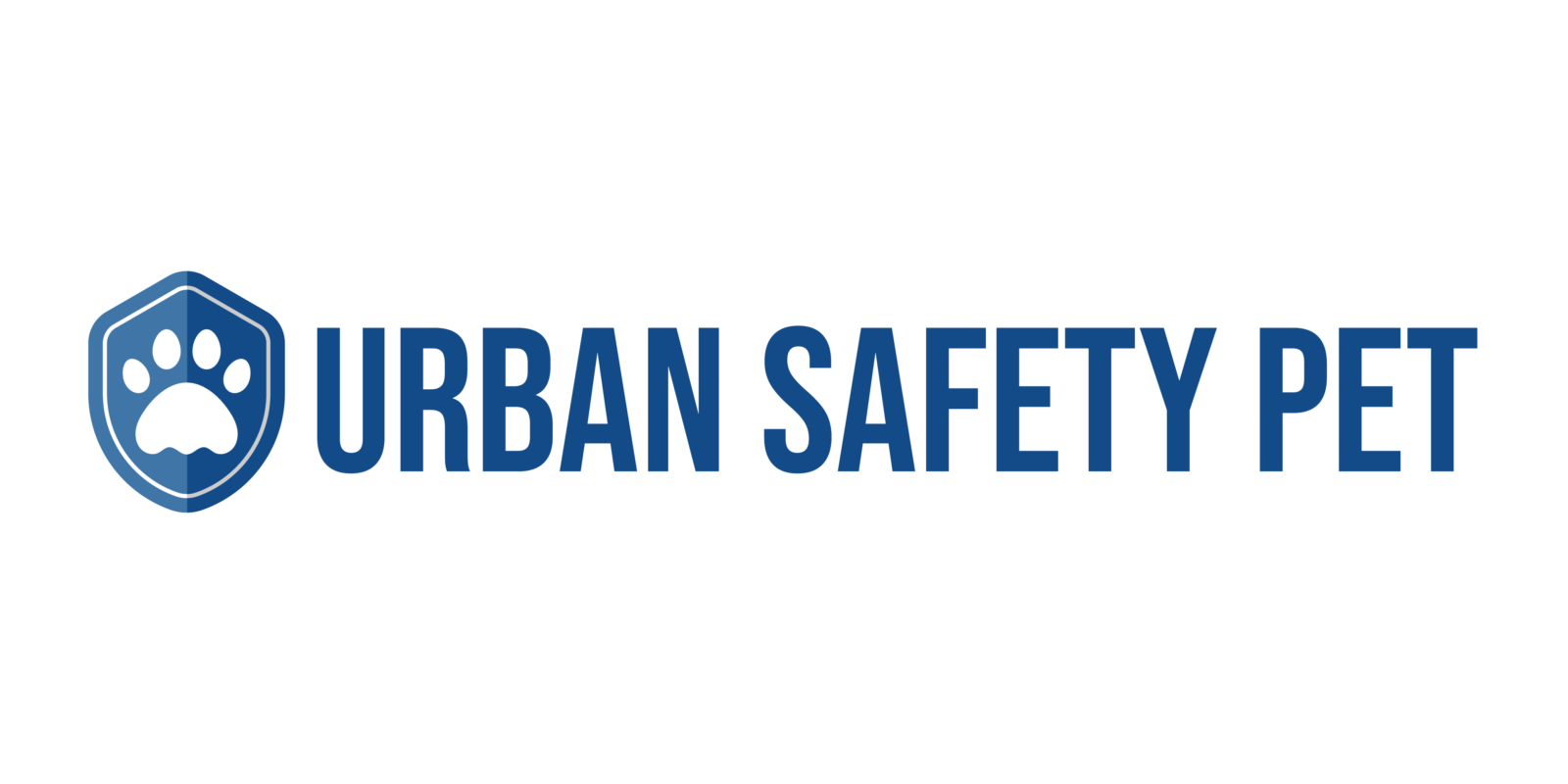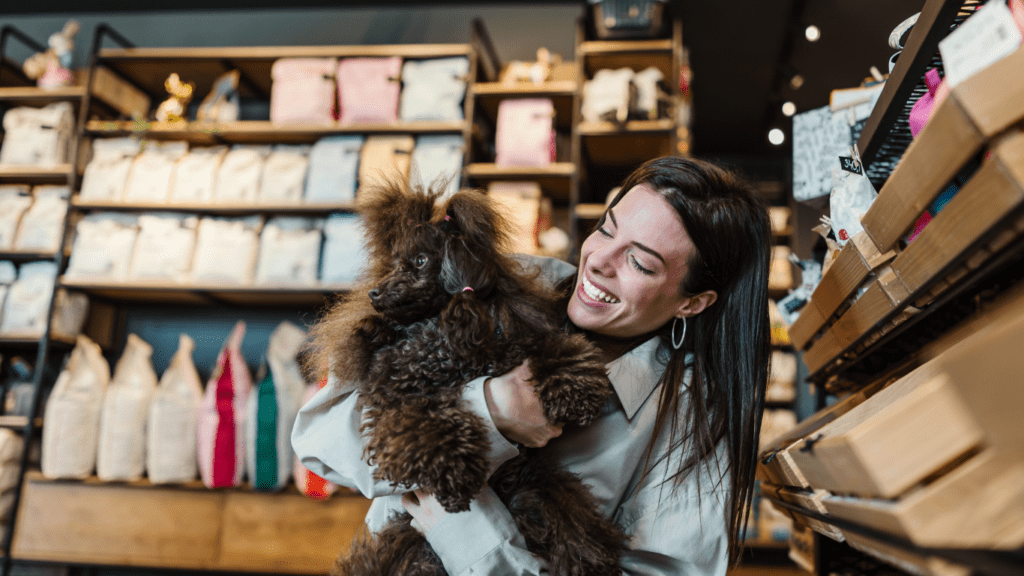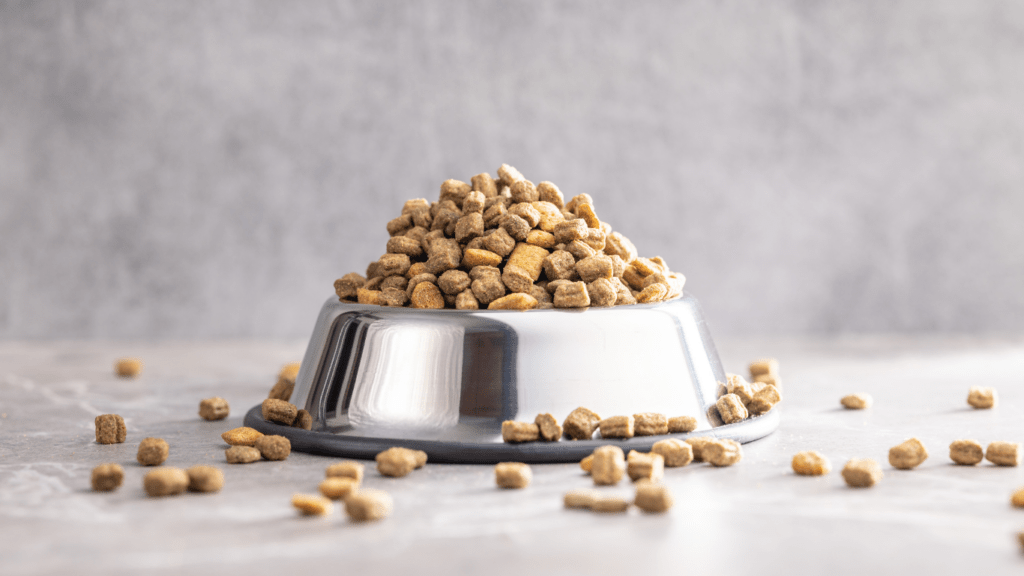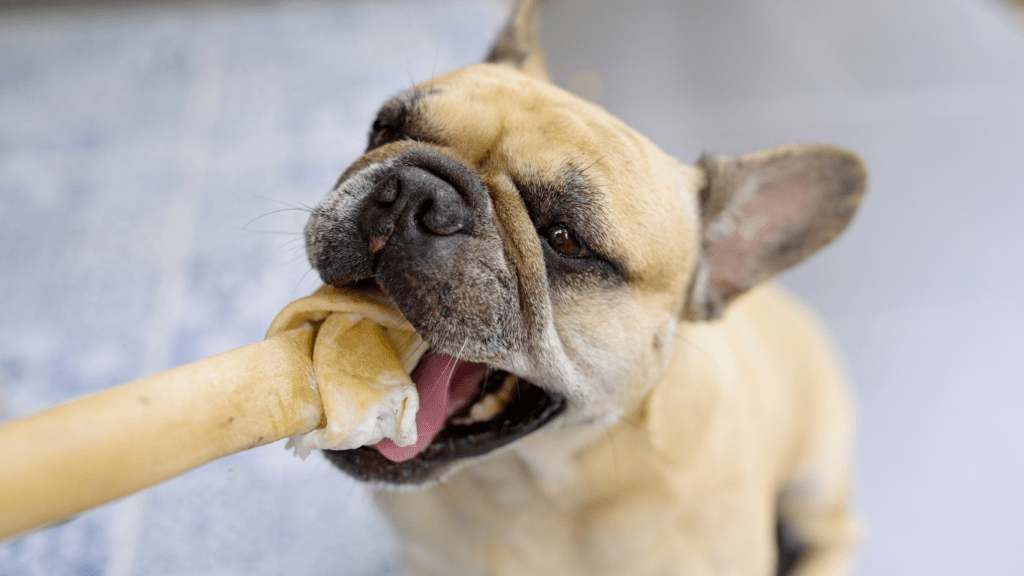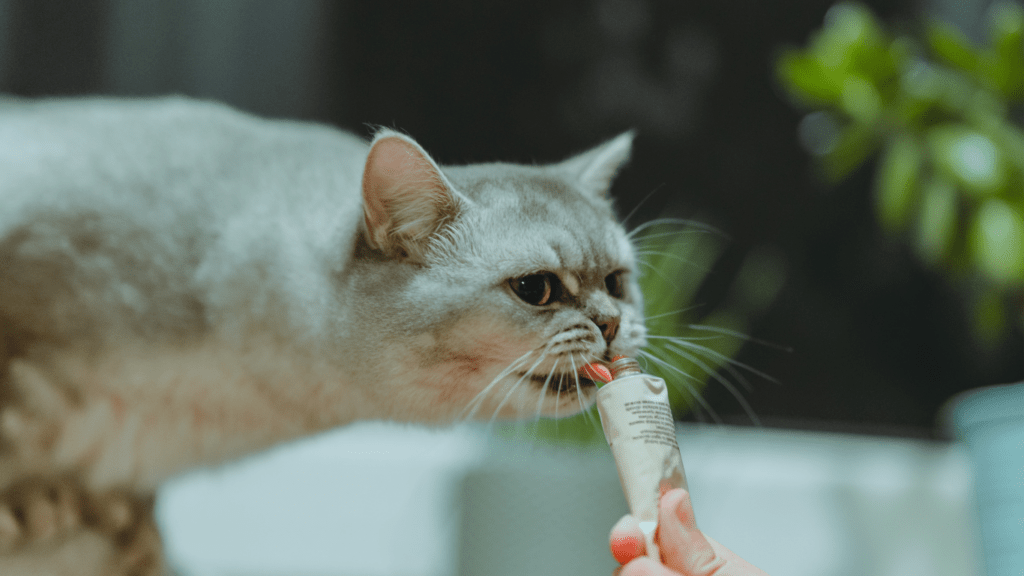Importance of Storing Pet Food Safely
Proper food storage prevents contamination. Bacteria like Salmonella can thrive in poorly stored food. Contaminated food risks pet health, causing ailments like vomiting and diarrhea. Poor storage also invites pests like rodents and insects.
Avoiding spoilage maintains quality. Pet food loses nutritional value when exposed to air, moisture, and extreme temperatures. Vitamins and fats degrade, reducing food’s benefits for pets.
Using the right containers makes a difference. Airtight containers keep moisture and pests out. Resealable bags maintain freshness longer when storing dry food. Opt for stainless steel or BPA-free plastic.
Disposing of expired food is crucial. Check expiration dates regularly. Consuming expired food can lead to digestive issues and nutrient deficiencies. Always adhere to manufacturers’ guidelines on storage conditions.
Cleaning storage containers is essential. Bacteria and mold can grow in containers if not cleaned properly. Regular washing prevents contamination and ensures food safety. Use hot, soapy water and dry thoroughly.
My approach to storing pet food involves combining these practices. Prioritizing food safety keeps pets healthy and happy. Proper storage routines save money by reducing waste and extending food shelf life.
Types of Pet Food and Their Storage Needs
Different types of pet food have unique storage requirements to ensure safety and maintain quality. Proper storage can prevent contamination and extend shelf life.
- Dry Pet Food
Dry pet food, like kibble, has a longer shelf life if stored correctly. It should be kept in its original bag, placed inside an airtight container to avoid air, moisture, and pests. Store the container in a cool, dry place away from direct sunlight to preserve its nutritional value.
- Wet Pet Food
Wet pet food needs refrigeration once opened. Unopened cans or pouches can be stored at room temperature in a cool, dry area. After opening, transfer it to an airtight container and refrigerate it for up to 4 days. Always check expiration dates and discard any leftover food after this period.
- Raw Pet Food
Raw pet food requires careful handling to prevent bacterial contamination. Keep raw food frozen until it’s time to use it, then thaw it in the refrigerator and not at room temperature. Use thawed portions within 48 hours. Always store raw food in airtight containers to prevent cross-contamination with other foods.
By understanding these different storage needs, pet owners can ensure their pets receive safe and nutritious meals.
Best Practices for Storing Pet Food

Storing pet food correctly prevents contamination and keeps it fresh. Follow these practices to ensure your pet’s food stays safe and nutritious.
Choosing the Right Containers
Use airtight containers for pet food storage. Durable, BPA-free plastic or stainless steel containers work best. Ensure the container is large enough to hold the entire bag of food, keeping the original packaging inside for preservation. This minimizes air exposure and maintains freshness.
Keeping Food in a Cool, Dry Place
Store pet food in a cool, dry location. Extreme temperatures and moisture can degrade food quality. A pantry or a dedicated pet food storage cabinet works well. Avoid placing food near appliances that generate heat, like ovens or refrigerators, to prevent spoilage.
Monitoring Expiry Dates
Regularly check expiration dates on pet food. Consuming expired food can harm your pet’s health. Rotate stock, placing newer items behind older ones. This ensures older food gets used first, reducing waste and maintaining food quality.
Preventing Contamination
Preventing contamination in pet food storage is crucial to ensure your pet’s health and well-being. Adopting best practices can significantly reduce the risk of bacterial and pest contamination.
Identifying Signs of Contaminated Food
Recognizing contaminated pet food helps protect your pet from health issues. Look for visible mold, foul odors, and changes in texture or color. Swollen or damaged packaging also indicates potential contamination. If your pet suddenly refuses to eat their food, consider contamination as a possible cause and inspect the food thoroughly.
Regular Cleaning of Storage Areas
Clean storage areas regularly to prevent contamination. Remove all pet food from the storage container and wash it with warm, soapy water. Make sure to dry the container thoroughly before refilling it to prevent moisture buildup, which can promote bacterial growth. Wipe down shelves, bins, and the surrounding area to ensure a clean storage environment. Regular cleaning reduces the risk of pests and bacteria infiltrating your pet’s food supply.
Common Mistakes and How to Avoid Them
Using Improper Containers
Improper containers can lead to food contamination. Plastic bins without seals, for example, don’t protect against air, moisture, or pests. Always choose airtight, food-grade containers to ensure the food stays fresh and uncontaminated.
Storing Food in Damp Areas
Damp areas encourage mold and bacteria growth. Avoid basements or any humid places for storing pet food. Instead, keep it in a cool, dry, and well-ventilated area to maintain its quality.
Ignoring Expiration Dates
Ignoring expiration dates can make pets sick. Use pet food before it expires, and regularly update storage to avoid using old food. Always check dates before purchasing and using.
Not Cleaning Containers and Scoops
Dirty containers and scoops breed bacteria and mold. Clean these regularly with warm, soapy water to ensure they remain sanitary. Dry them thoroughly before refilling to prevent moisture build-up.
Leaving Food Uncovered
Uncovered food is vulnerable to air, moisture, and pests. Always reseal bags or use airtight containers after opening. This prevents contamination and retains freshness.
Buying in Bulk Improperly
Buying in bulk without proper storage invites contamination. If buying large quantities, divide the food into smaller portions, and use airtight containers. Store them in a cool, dry place to maintain nutritional value.
Mixing Old and New Batches
Mixing new food with old can spread contamination from the old batch to the new. Always finish old food before starting a new one, and clean the container between batches to ensure safety.
Neglecting Inspection of Food
Not inspecting food regularly risks feeding contaminated food to pets. Look for signs of spoilage, like:
- unusual color
- smell
- texture
Dispose of any suspect food immediately to avoid health risks. This section maintains the emphasis on proper storage practices, aligning with the article’s focus on preventing food contamination and ensuring pet health through mindful food storage techniques.
